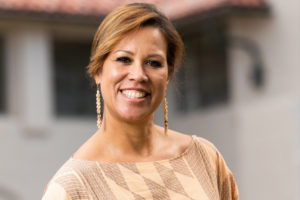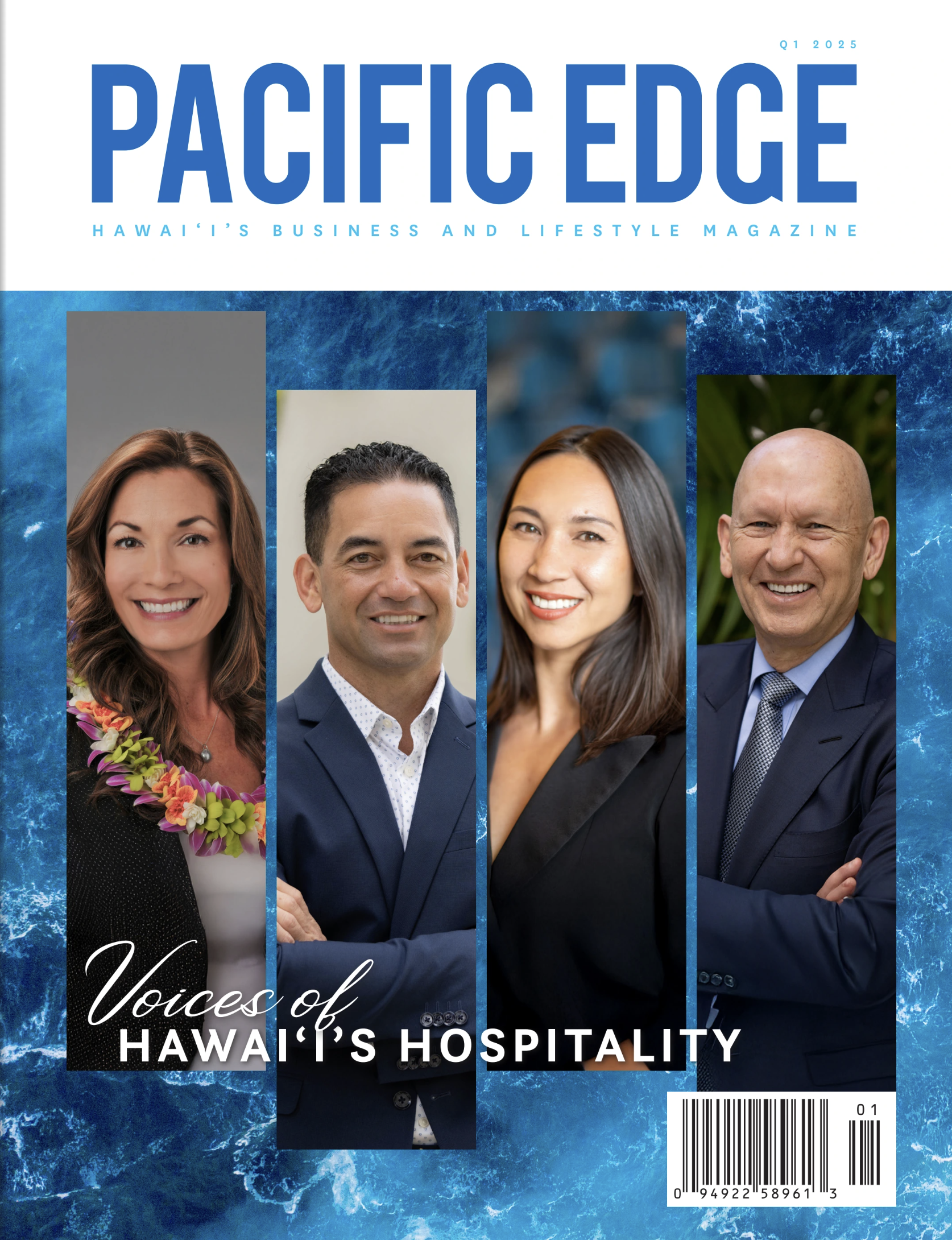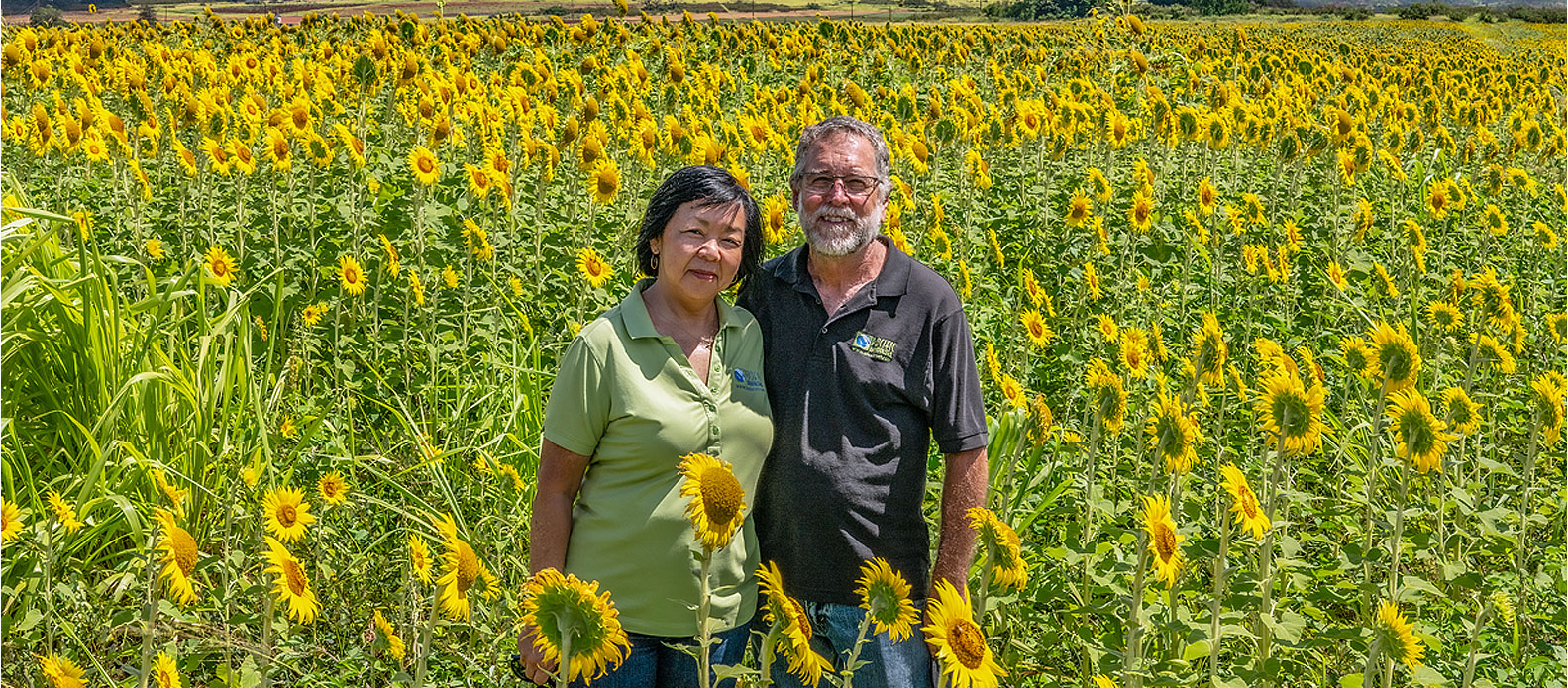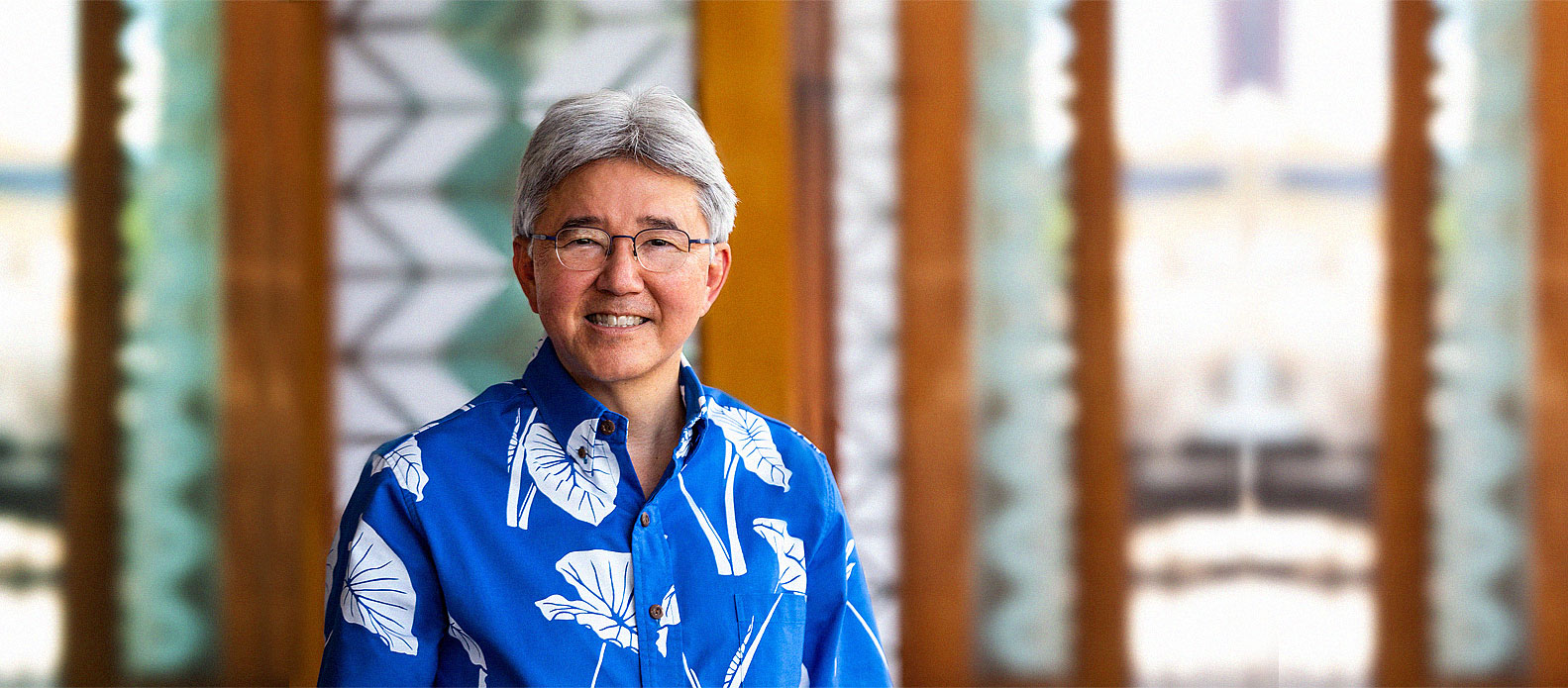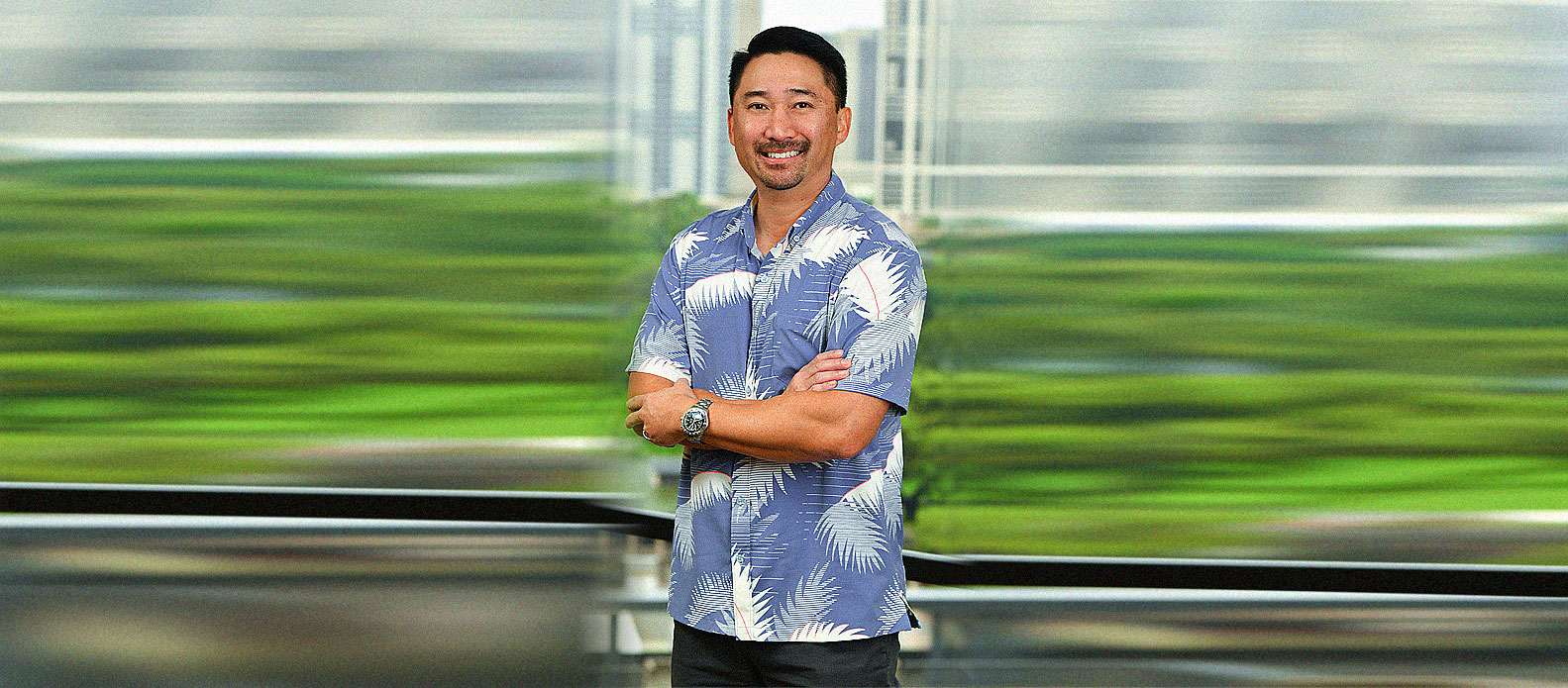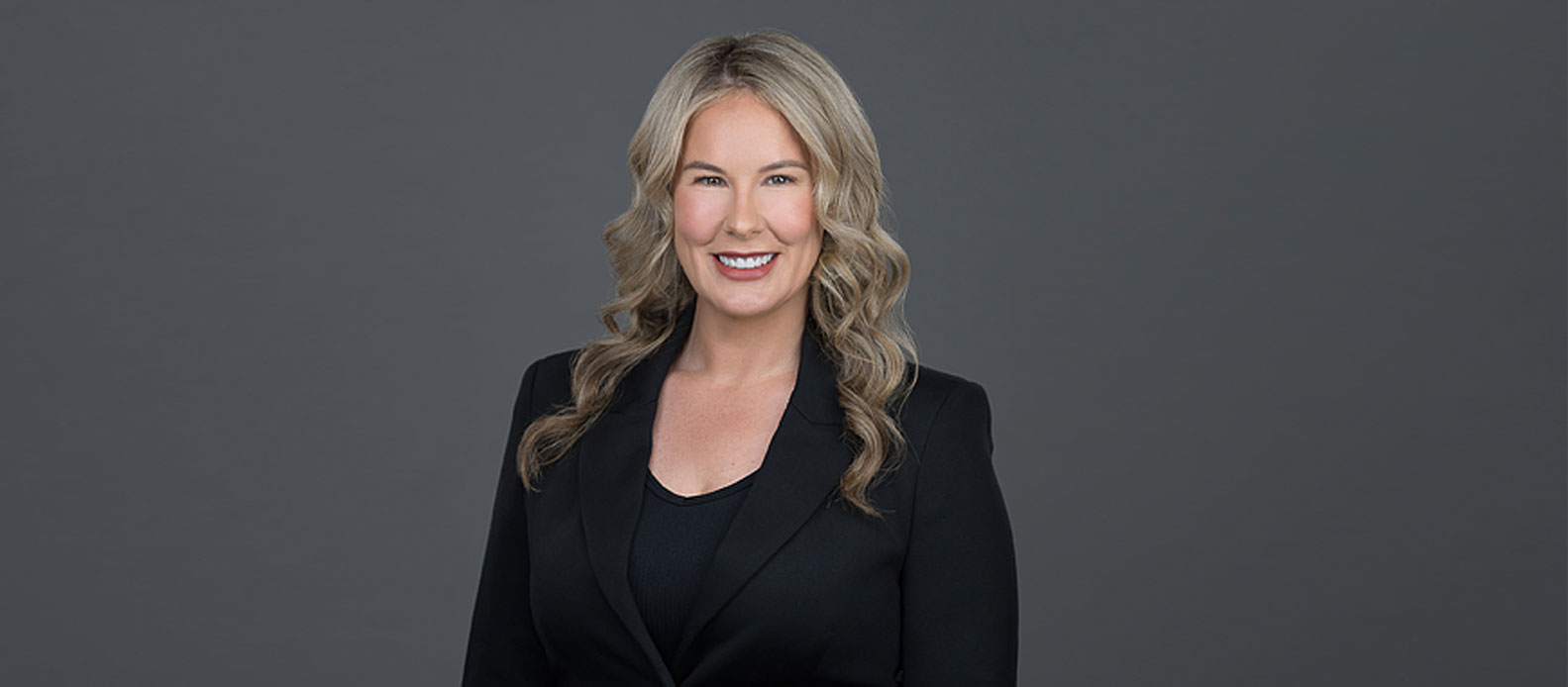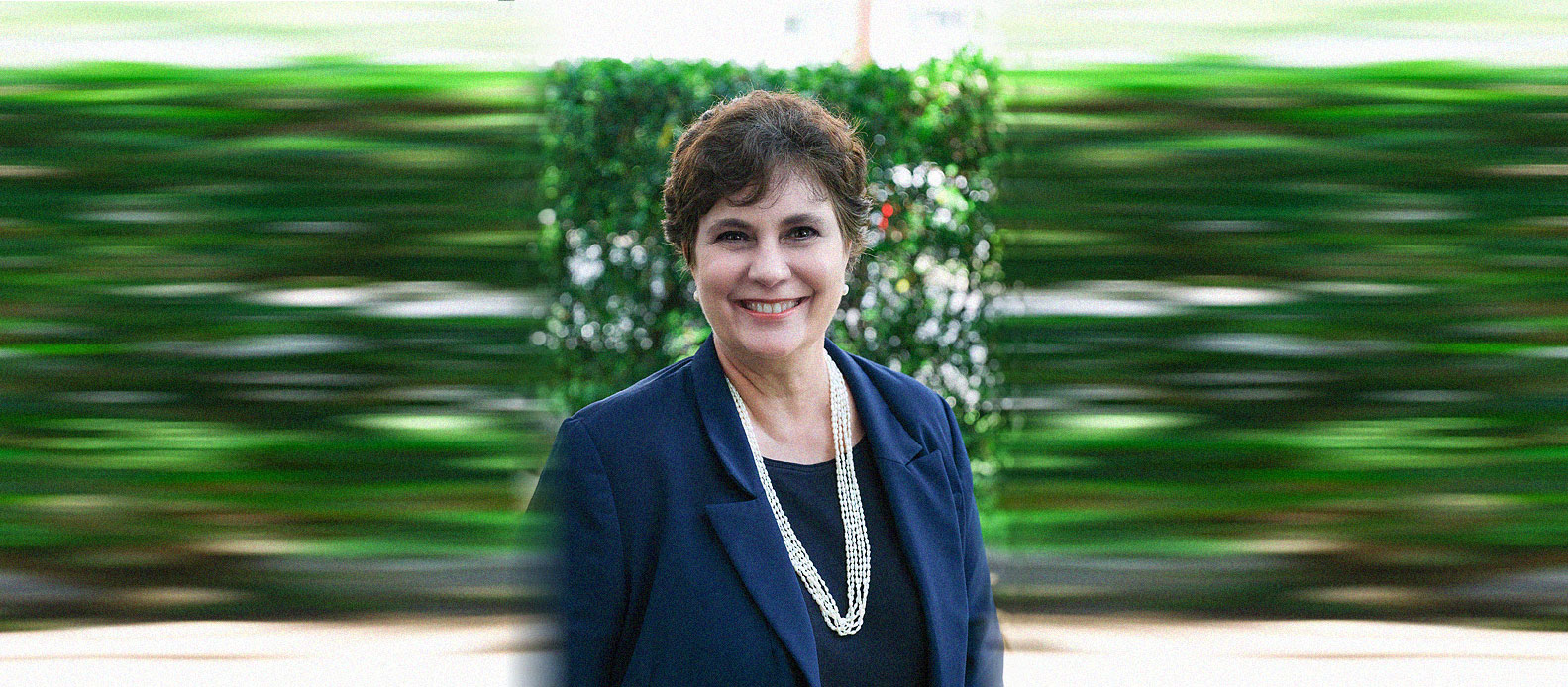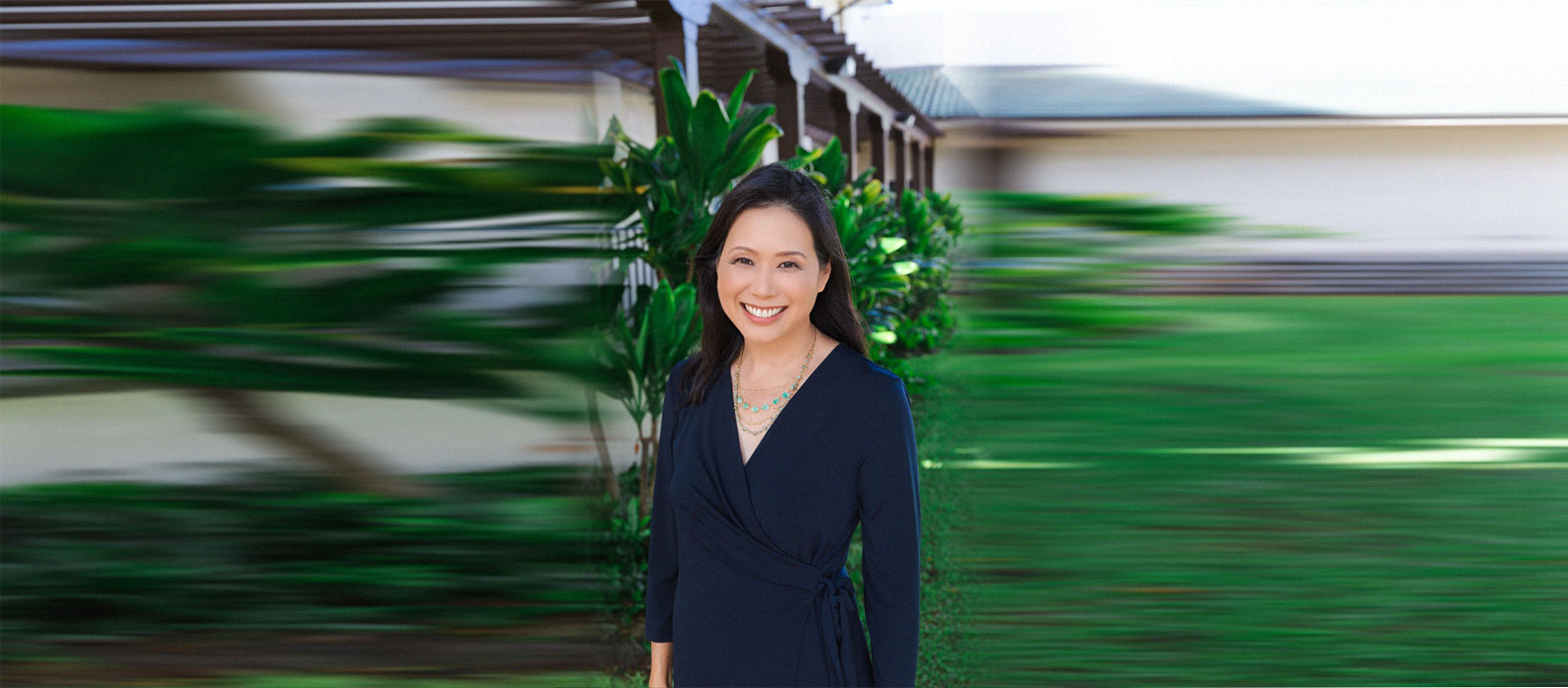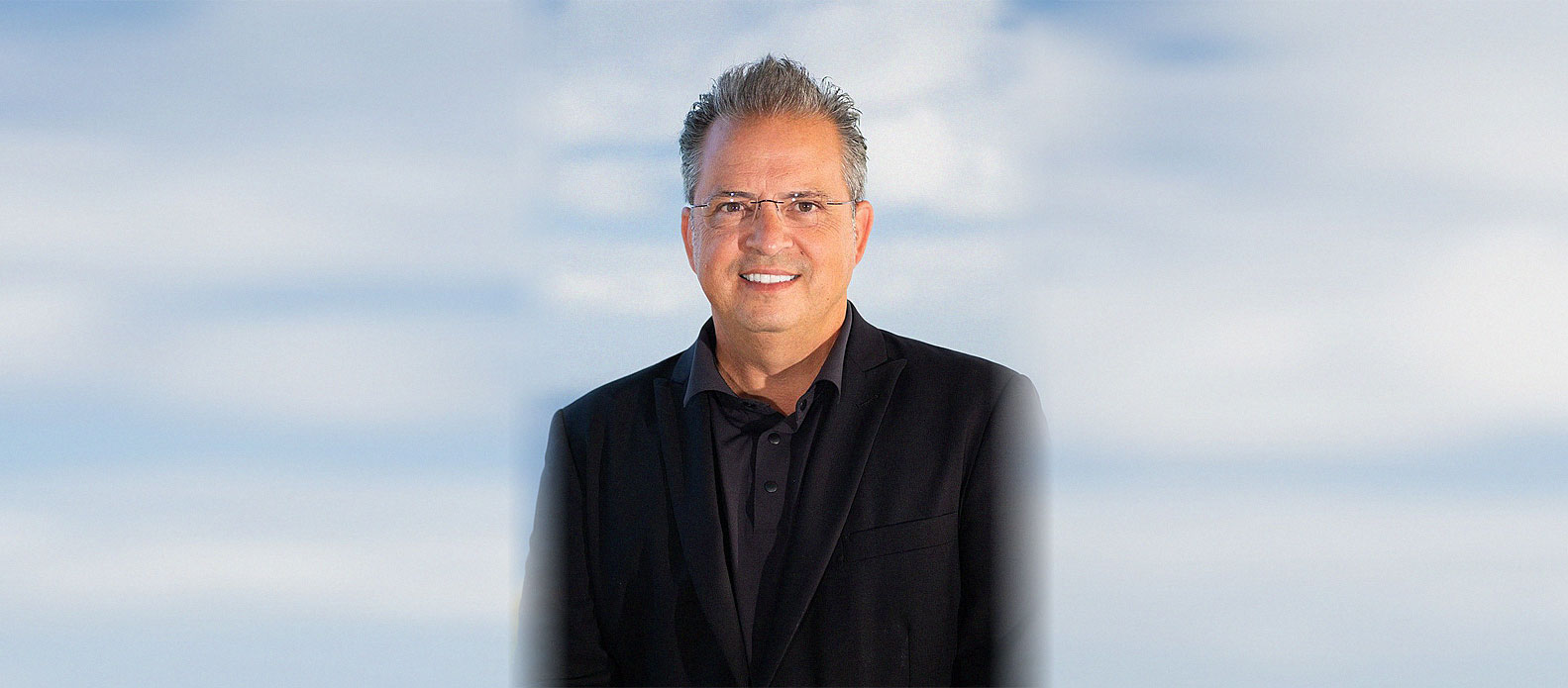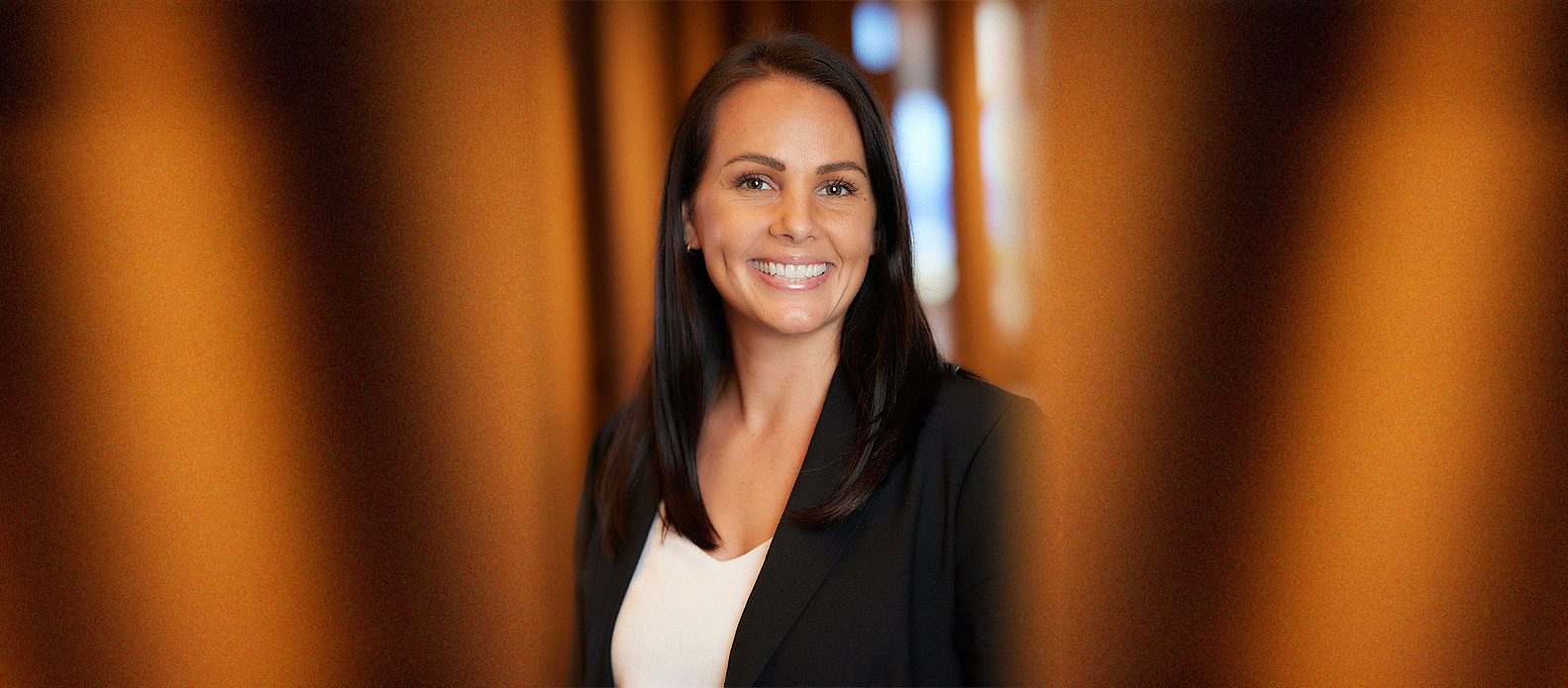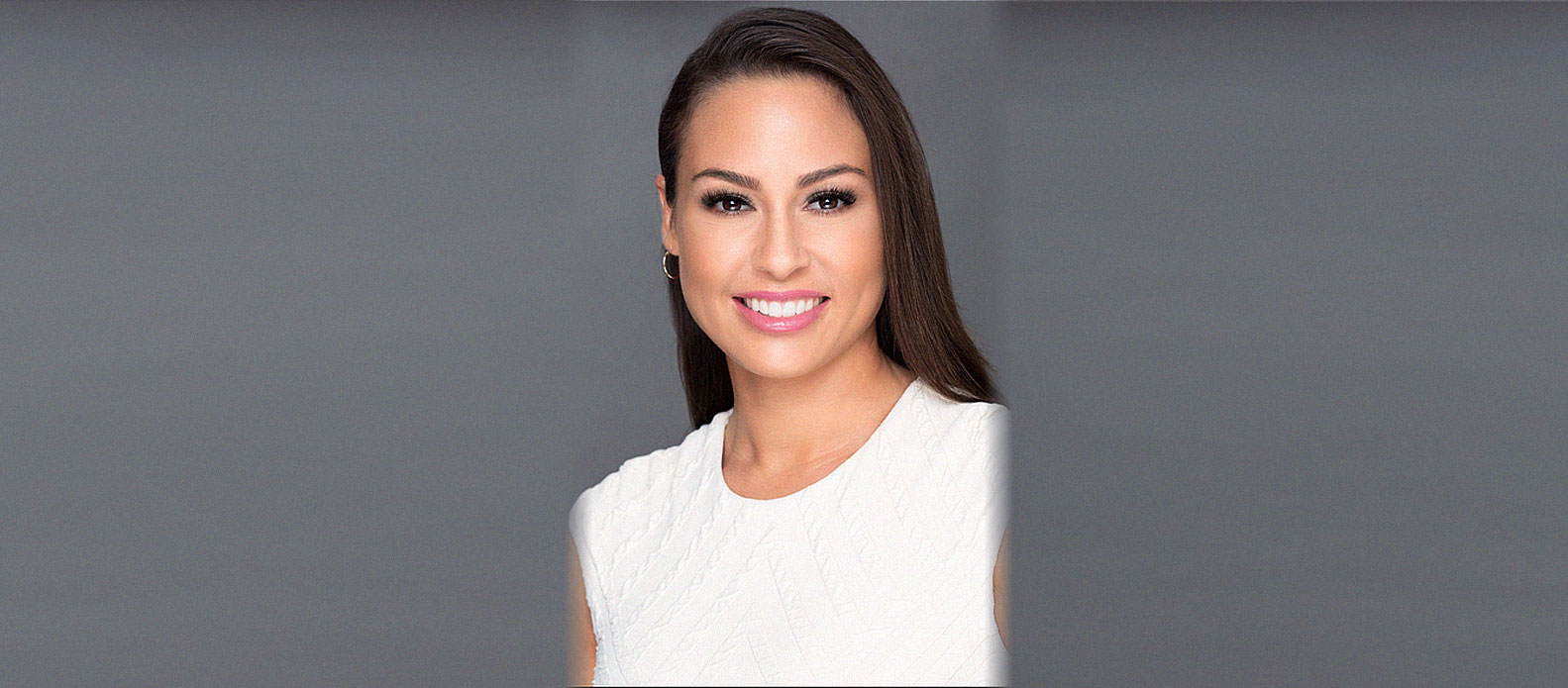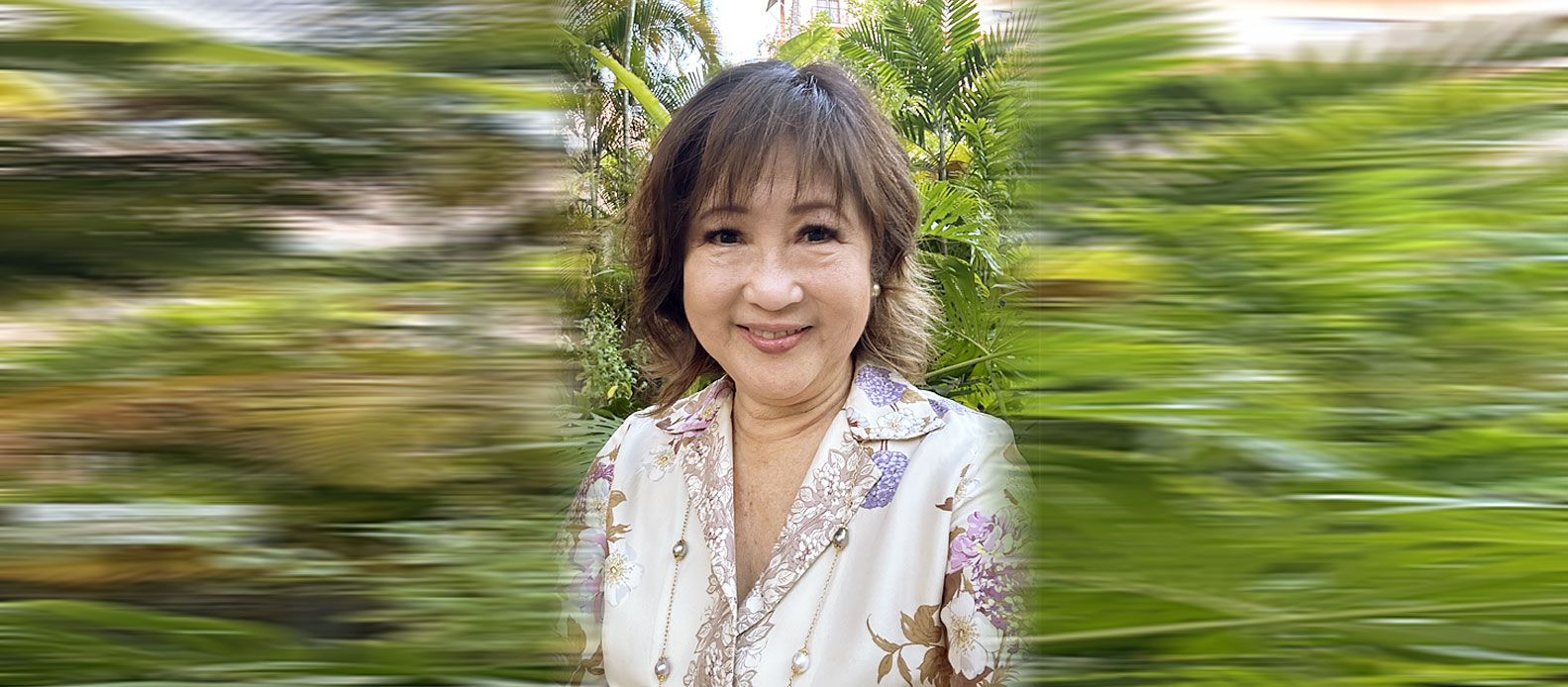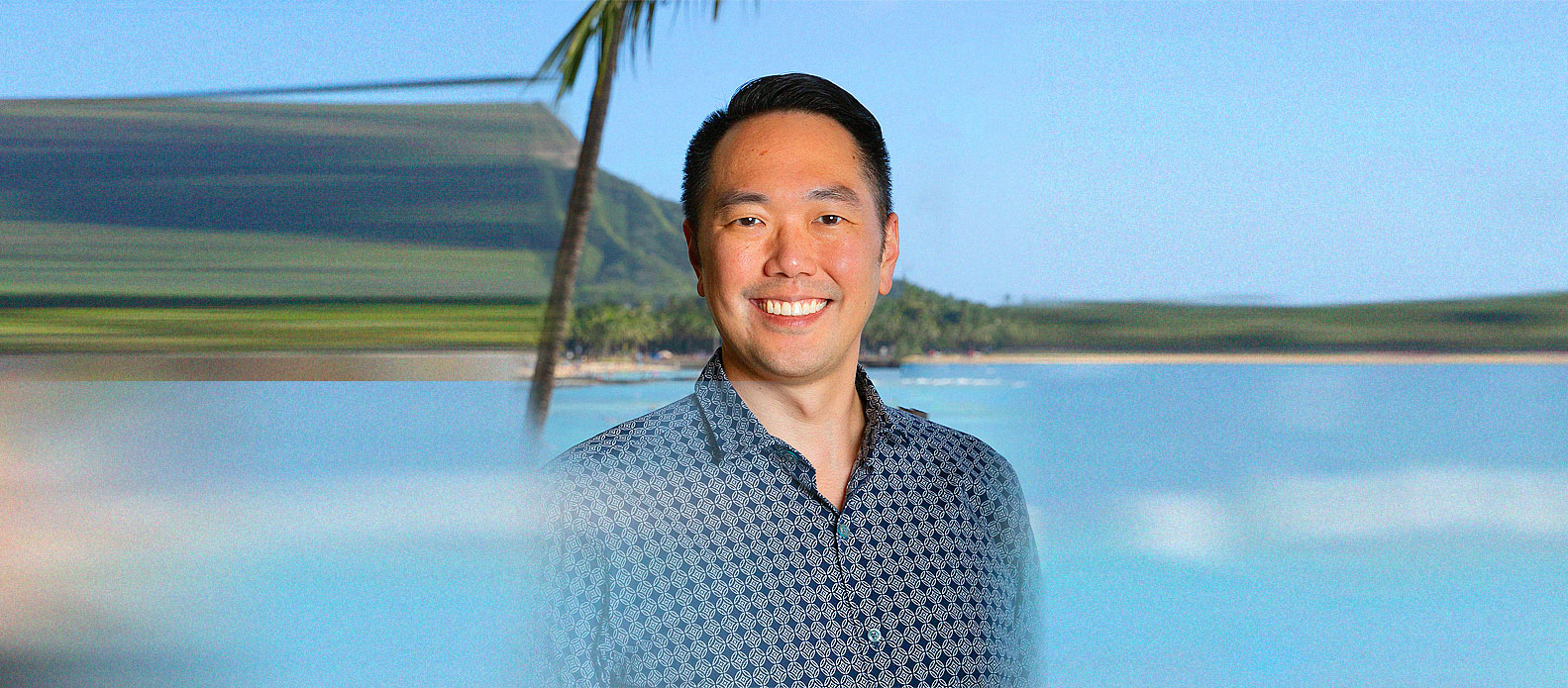There have been many times over the last 10 years that Jessica Munoz has gotten off work at 2 a.m., only to get up again at 5 for another busy day. It was the only way that Munoz could juggle her two demanding roles as a nurse practitioner at Pali Momi Medical Center and as president of anti-sex trafficking nonprofit Ho‘ola Na Pua.
“There were times when I would have meetings all day around our advocacy work, and then work in the evening at the hospital,” Munoz explains. “Those would be 20-hour days that were on a regular basis.”
Over the years, Munoz has helped formulate an innovative triage system utilizing advanced practice providers at Pali Momi Medical Center, and Ho‘ola Na Pua is growing every day. To achieve these successes, Munoz has had to navigate unfamiliar territory, maintain leadership positions in two different jobs and do it all at a pace that even she admits was crazy. But what’s kept her going is a desire to help those in need—her patients as well as the victims and families that Ho‘ola Na Pua serves.
Long before she could really vocalize it, Munoz has wanted to help others and was drawn to medicine early on. “There is a picture of me when I was three years old with my doctor kit, and I was doctoring my Cabbage Patch dolls,” Munoz says with a laugh.
While in graduate school at University of Hawai‘i at Manoa to become a nurse practitioner, Munoz was working on a capstone project on human trafficking and was shocked to learn the rate at which it happened to children—including children in the U.S., including Hawai‘i. “I couldn’t just walk away and pretend that it didn’t happen in our community,” she recalls. “It’s an abuse on human dignity. It’s a violation on you as an individual from a mental, spiritual, emotional, physical component.”
Munoz realized that she was in a unique position to tackle the problem—a lot of her work as a nurse focused on pediatric trauma care and she had mentored high-risk youths—so she decided to begin educating people on the topic. Things started modestly, with Munoz and a friend discussing the issue in her living room; then they moved on to talking about it with others in the community, and eventually launched Ho‘ola Na Pua.
“I have had to learn a lot—some of it through the school of hard knocks,” she says. “Have we done everything perfectly? No. Have we made a lot of mistakes? Absolutely. But we are not afraid to learn.”
“I couldn’t just walk away and pretend that it didn’t happen in our community.”
Today, Ho‘ola Na Pua (“new life for our children”) is comprised of a core team of about 15 staffers and volunteers—Munoz continues to work pro bono—along with an extended network of a couple hundred volunteers. There’s a mentorship program for high-risk youths and trafficked children, and a support group that works with families whose kids have been victimized. The organization also has a breadth of educational initiatives geared at engaging various stakeholders—social service providers, NGOs, law enforcement, educators—to ensure they can identify potential victims.
Currently, Ho‘ola Na Pua is in the midst of a capital campaign for its largest undertaking yet—Pearl Haven, a residential treatment facility that will offer long-term, intensive care for adolescent female survivors to help them reintegrate into society.
If such services had been available to Ho‘ola Na Pua fund development coordinator Tammy Bitanga when she was a teenager, it would have changed her life. After being a victim of commercial exploitation when she was just 15, Bitanga struggled with depression and substance abuse for years. “That is why I feel it is so important to have wraparound services, to have a place for girls to heal,” Bitanga says. “If I had been given that opportunity, then I think I would have been able to get my life on track a lot sooner.”
Bitanga credits the success they’ve had to Munoz’s ability to place survivors in the right type of programming for their needs. “She’s a great visionary,” Bitanga says. “She sees the big picture.”
As she worked to establish Ho‘ola Na Pua, Munoz also was an advanced practice provider leader at US Acute Care Solutions, which runs emergency services at Pali Momi Medical Center. There, Munoz helped develop a team triage system facilitating the flow of patients. Although she recently stepped down from the leadership position in an official capacity, the system she created is still in place. “Instead of having wait times of two to three hours, we were getting patients seen in 30 minutes to an hour during high-volume times,” Munoz says.
While her two roles are very different, Munoz sees crucial similarities between them. “They require a lot of compassion, humility and listening to people,” she says. “And, I think, empowering people, whether it’s to take control of their health or to empower the kids we serve to be who they were created to be.”
Empowering others is a hallmark of Munoz’s leadership style. “She’s not the type of leader who’s going to stand over you and tell you how to do your job,” Bitanga says. Longtime volunteer Kaleo Schneider says that, over the years, Ho‘ola Na Pua has become “like a little machine,” with a strong team that’s extremely dedicated to the cause. And she credits Munoz with setting the tone for its cohesive, hard-working environment.
Cultivating a solid team has not only helped Munoz juggle all of her responsibilities, it’s crucial to the long-term sustainability of Ho‘ola Na Pua. After all, Munoz says, none of this is about her; it’s about the girls and women she’s helping.
“Our biggest impact is that we are reducing stigma around this issue,” she says. “We worked really hard at the beginning to get the conversation in the community going, and now the conversation is out there. There is press around the issue of trafficking and what it looks like in our state, and the number of kids who are being identified is increasing. I want to make sure that our work and mission and vision become sustainable and succeed beyond me.”

